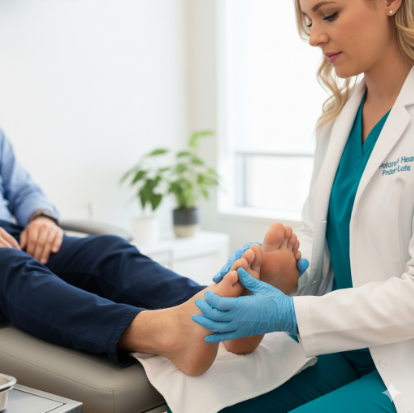October 1 flips the switch on ICD‑10‑CM FY 2026 and the Q4 HCPCS file. CPT changes don’t go live until January 1, 2026, but Q4 is when wise practices get ready. Use this master checklist to keep your podiatry billing clean and compliant.
Systems & data
• Import FY 2026 ICD‑10‑CM and Q4 HCPCS tables; validate favorites and problem lists.
• Refresh claim edits and payer rules; verify clearinghouse acceptance for test claims.
• Update charge master descriptors and ABN language where applicable.
Documentation & training
• Hold a one‑hour provider huddle on wound, injury, and diabetes‑linked documentation
expectations.
• Distribute a one‑page L97‑ quick guide (site + depth ladder) and a debridement cheat sheet
(active vs. surgical, tissue level language, post‑debridement measurements).
• Reinforce SDOH capture when it changes care, especially for wound adherence and transportation.

DME & supplies
• Load the October DMEPOS fee schedule; sync your item master with any new HCPCS codes.
• Re‑educate staff on therapeutic shoe paperwork and qualifying conditions.
CPT preview (for Jan 1)
• Review the newly released CPT 2026 summary; flag any changes to podiatry‑adjacent procedures
(imaging, debridement guidance, device applications) and update templates by December. • Check expected RVU shifts in the 2026 Medicare Physician Fee Schedule once the final rule is posted; prepare encounter templates accordingly.
Revenue monitoring
• Stand up an October denial bunker: daily review of clearinghouse rejections and payer denials related to ICD‑10 validity or HCPCS mismatches.
• Track Days in A/R and First Pass Acceptance Rate weekly in October to catch issues early.
A Step Above Health Mgmt advantage
Our team delivers a white‑glove October transition: we load code files, train staff, test claims, and then watch your denial feed like a hawk so problems get fixed the same day. When January’s CPT shift arrives, your practice is already warmed up.